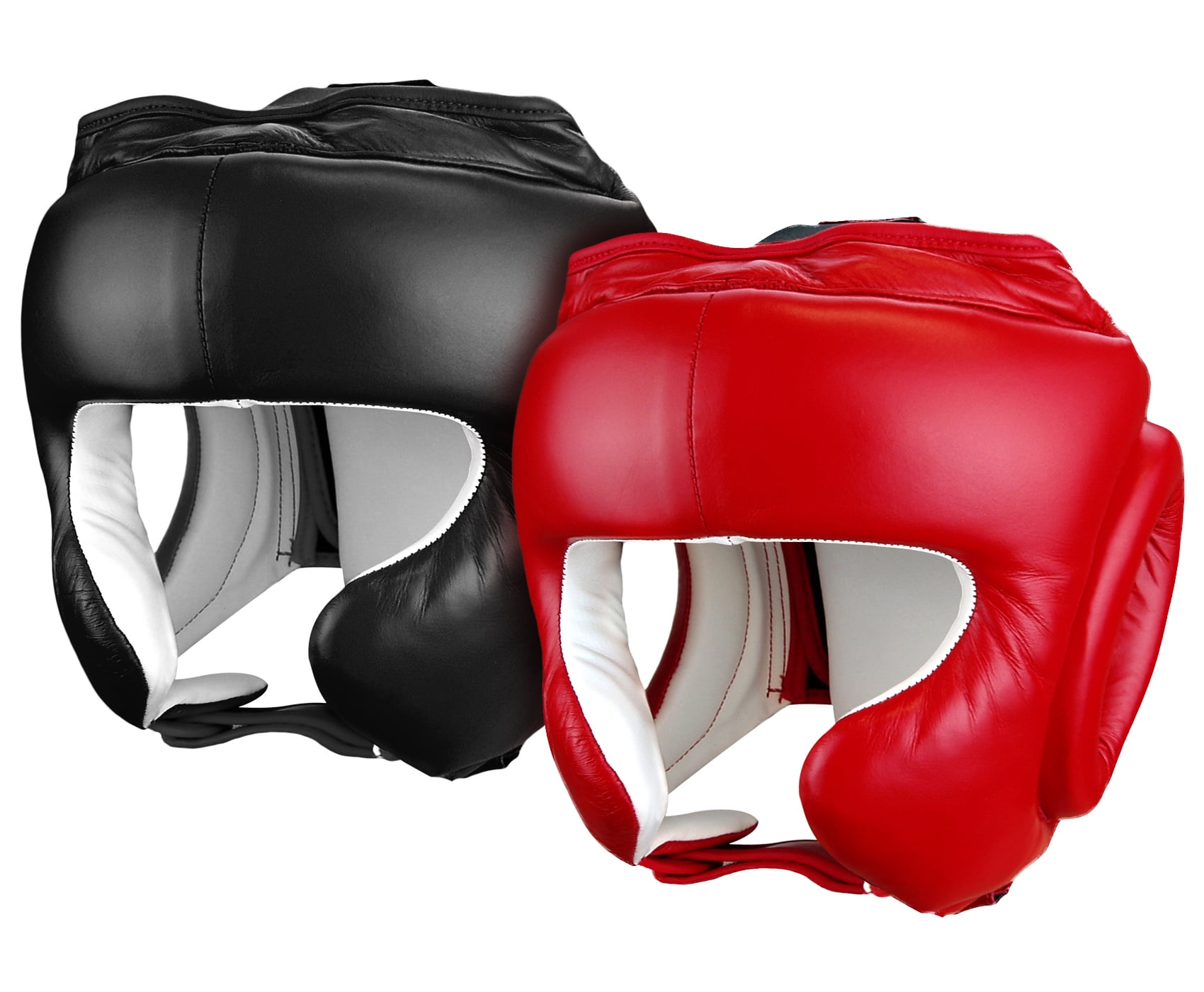Picking your appropriate martial arts gear as vital for anyone wanting to practice effectively and securely. Given a wide variety of options available, including protective pads to specialized uniforms, figuring out what you require may feel overwhelming. Every martial art comes with its standards and equipment, making it essential to know what suits your style and personal needs.

Whether you are a beginner taking to the mat for the first time or a veteran practitioner looking to improve your kit, selecting the appropriate gear can improve your performance and ensure your safety. In this guide, we will navigate the various types of martial arts equipment, assisting you to make informed choices that coincide with your training goals and preferences. Comprehending the different options available can empower you to train more efficiently and savor your chosen discipline to the fullest.
Basic Gear for Novices
Selecting the appropriate martial arts equipment is important for beginners who want to ensure protection and comfort while practicing. The initial essential item is a fitted uniform, often referred to as a karategi. A karategi is crafted to bear the demands of practice and allow ease of motion. Look for fabrics that are airflow-friendly and long-lasting, usually made of cotton or a cotton mix, which will help you stay comfortable during intense training sessions. Ensure that your uniform fits properly; it should not be too baggy or too fitted.
Next, on the list are safety gear items like mouthguards, handwraps, and shin protection. A mouth guard is crucial for safeguarding your dental health and gums, particularly in striking arts like boxing or the discipline of kickboxing. Hand wraps provide essential stability for your wrist area and knuckles, minimizing the chance of injuries. Shin guards are crucial for anyone practicing styles that involve kicking, as they protect your shin area from impacts and assist in avoiding contusions.
Ultimately, give thought to investing a quality sash to represent your advancement and rank in your martial arts path. While the sash itself may seem like a basic addition, it holds a crucial importance in sticking to the heritage of martial arts. Select a belt that is the correct size and material for your discipline, and ensure it is properly fitted well to prevent distractions during training. With this basic gear, novices can assuredly start their martial arts journey, preparing themselves up for success.
Specialized Equipment for Various Styles
Each martial arts style has its specific requirements when it comes to equipment. For example, Brazilian Jiu-Jitsu practitioners depend heavily on a gi made from strong fabric that can withstand grappling and tumblings on the floor. The gi is crucial for training and competitions, and choosing one that fits well is important for comfort and performance. Additionally, rash guards and compression shorts are common choices to prevent mat burns and provide moisture-wicking features during intense training periods.
On the other hand, striking arts like Muay Thai or boxing focus on safety equipment such as gloves, shin guards, and headgear. topstar-sports are vital for both training and sparring, making sure the hands are protected from damage while providing the necessary support for striking. Shin guards are also crucial, as they protect the legs from kicks and blocks during training. When selecting equipment for these styles, it’s vital to consider the weight and fit of the tools, as they can impact effectiveness and safety.
Traditional martial arts such as Karate or Taekwondo often require specific uniforms, called doboks or gi, depending on the style. These uniforms are crafted to be lightweight and flexible, allowing for free movement and high kicks. Additionally, practitioners may need multiple types of safety gear like chest protectors, mouthguards, and foot pads for sparring matches. As with any martial arts gear, selecting the right size and level of protection tailored to the specific practice can enhance performance and ensure safety during training.
Maintenance and Maintenance for Your Gear
Taking sufficient care of your equipment is important for longevity and performance. Start by wiping your gear after each use. This means cleaning down mats, gloves, and uniforms with a damp cloth to eliminate sweat, dirt, and bacteria. For items like shin guards and chest protectors, ensure they are cleaned according to the manufacturer's instructions, which may involve more thorough sanitizing methods.
Proper storage plays a vital role in maintaining your equipment. Ensure to store your equipment in a cool, dry place away from sun exposure. Avoid stacking heavy items over your gear, as this can cause damage over time. Use gear bags that provide proper ventilation and organization to prevent wear and tear. Additionally, this aids in keeping your gear easily accessible for training and competitions.
When it comes to inspecting your gear, allocate time to check your gear for any indications of wear. Look for tattered seams on uniforms, cracks in protective gear, or wear on training weapons. Addressing issues quickly can prevent more serious damage and potential injuries. Keeping your equipment in top condition is crucial not just for performance, but also for safety during your training sessions.
